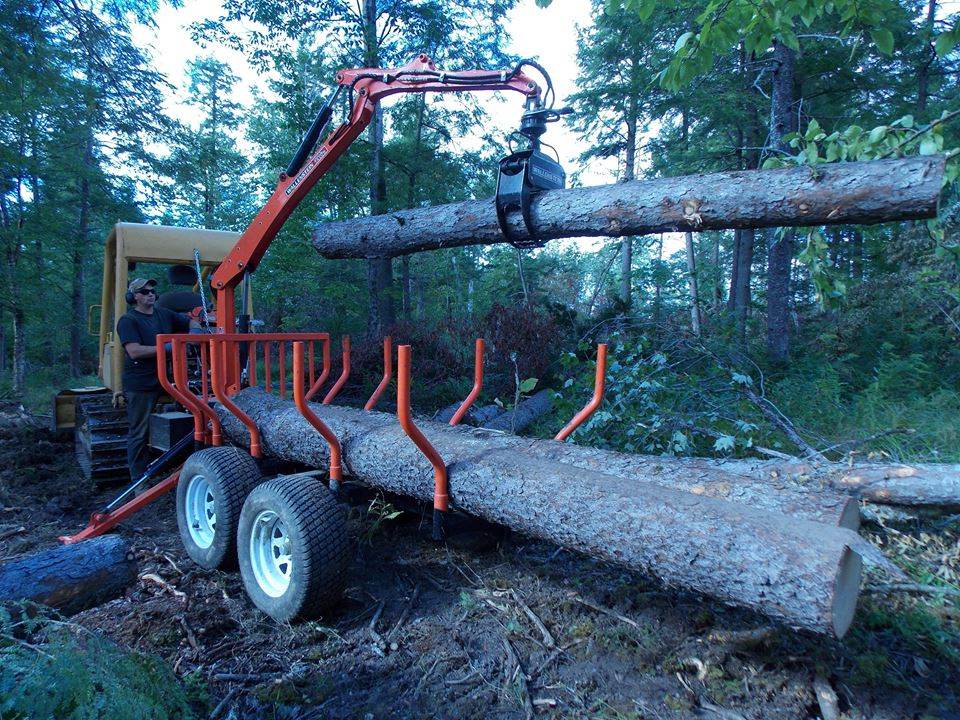There is a saying that I encourage everyone to think about:
"Paralysis by analysis." Basically it is the idea of doing nothing because we are too busy studying. In brief, here in Maine anyway, other than Ash due to the Emerald Ash Borer that is soon to arrive, I would not feel too bad about planting any other tree. Even Hemlock with that needle fungus is not so bad. It is just not spreading like the Emerald Ash Borer. So as a large land owner with significant resources in Ash, yes I am cutting it while the price is high and before it is killed off.
Elm...what has survived is hardy, and the American Chestnut is making a comeback with a new disease resistant variety. That is fun to get into if you like working with State Forest Rangers, but the requirements are stiff too, those trees you have worked so hard to plant, fertilize, nurture and grow must be burnt if they are determined not to be disease resistant.
I live what you describe because we have a farm that has been in Maine since 1746 officially, and non-officially well before that. I have planted some trees with success, and some without. The white pines my father planted when he was 5 eventually matured, but mostly white pine blister rust hurt the stand. I planted quite a few high bred hackmatack in 1992 and the Hack bark beetle is currently killing 1-2 trees per acre per year, BUT that type of wood grows to full maturity in 15 years so all is not lost. My black spruce regeneration project is doing well despite nibbling moose, but in Canada the Spruce Budworm is attacking with a vengeance and within 40 years might be here. Considering how slow spruce grows, it might be an issue, but I am still glad I planted it.
The biggest downfall I see in forestry is not nature, but marketing. 3 years ago spruce and fir paid out $120 a cord, but today it pays only $40 a cord.Hemlock paid $60 a cord and today pays $10. However where as hardwood paid $60 5 years ago, today it pays $120. It is the same with logs. in 1965 Yellow Birch was worth its weight in gold, today it is useless. Ash today is worth a fortune (due to other places being hit by the borer), but soon that will change. Spruce Logs have gone down in price, yet White Birch logs have remained the same for 50 years!
My forestry plan does have a section suggesting what to manage for based on soil type, and that is what I suggest to anyone. Why try to make a tree grow in soil it would struggle in? That is sound reasoning, but because there are so many variables in forestry, the plan I have fails to make mention of a tree species I kind of like; the lowly Eastern Hemlock. There is not ONE mention of it in my forestry plan, yet it comprises of 25% of my woodlot. (We are talking 100's of acres by the way so its a significant amount). I asked my forester what gives...why wouldn't she suggest I manage for a tree type that obvious thrives on my soil and the answer is rather simple; the eastern Hemlock does not have enough market share to meet the threshold of the USDA (and a variety of other factors).
But all this is forestry. The trees I plant today MIGHT be harvestable at the eve of my life since I am 42 years old, but that is only if I plant and manage for the right tree varieties. What are those; well I can assure you they are not the ones so highly prized today if history is an indicator.
Here are some Red Spruce Logs I harvested on Wednesday. Spruce is slow growing so these trees are about 80 years old.





 2
2





 5
5




 2
2













 1
1












 1
1












